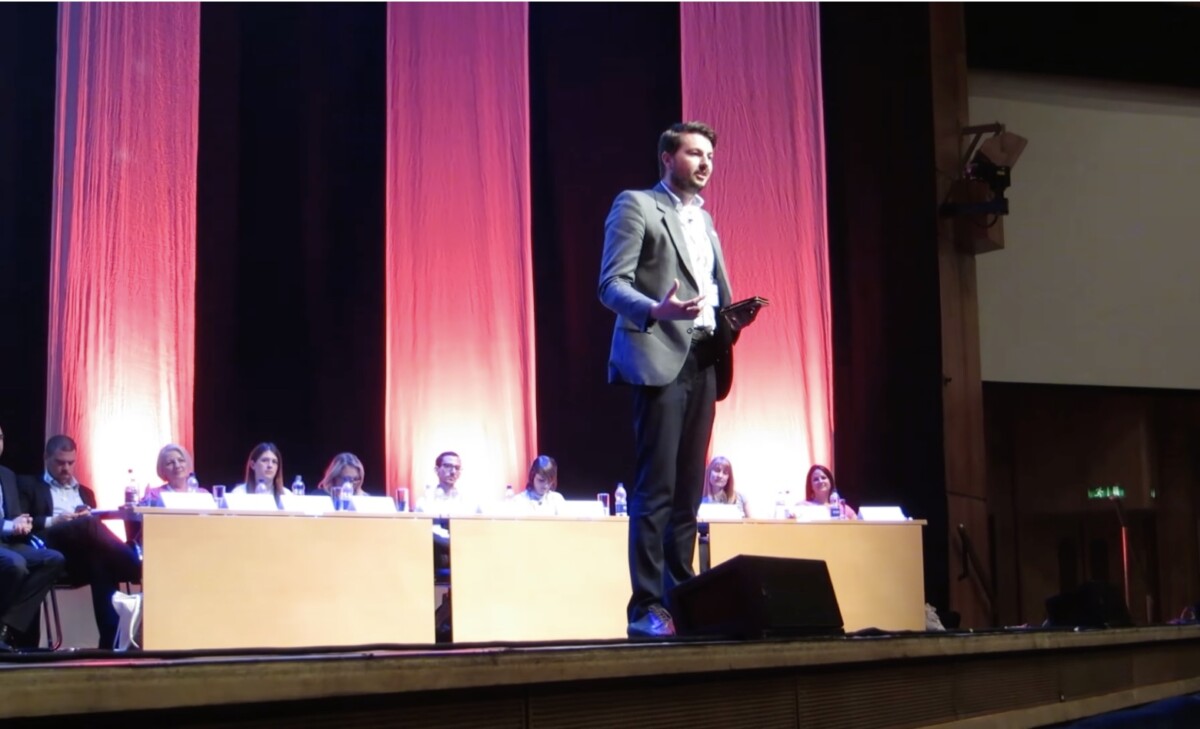Four out of five fundraisers use mail, research shows
Four out of five fundraisers say mail is key part of their fundraising programme, with 93% saying it enhances the supporter experience, according to research by the Chartered Institute of Fundraising and Royal Mail MarketReach.
The organisations have released a guide, The Power of Mail for Charity Fundraising, which explores how charities can make the most of mail to connect with their audiences to raise funds and to nurture the supporter relationship.
The guide includes key findings from surveys conducted by both organisations, as well as insight from charities on their success with mail, from addressed letters, unaddressed door drops, and postcards, to newsletters, reports, event packs, and retail catalogues.
The Chartered Institute of Fundraising’s Fundraising Mail Survey was conducted in December 2019 and found that:
- 82% of fundraisers use mail for their fundraising / supporter engagement programme
- 93% say that it enhances the supporter experience, building loyalty and engagement
- 82% of fundraisers value the room mail provides for storytelling
According to JICMAIL and Royal Mail MarketReach figures:
- 92% of charity mail is engaged with (opened, read, sorted, put aside for later, filed, put on display or in the usual place)
- 65% of recipients say they are likely to give mail their full attention
- 70% say mail makes them feel valued
Amanda Griffiths, Head of Communications Planning at Royal Mail MarketReach, said:
Advertisement
“Mail enables charities to communicate with supporters directly in a way no other medium can. A mail pack creates that feeling of ‘they cared enough to write to me’ – meaning people feel recognised and valued for their support, closer to the charity and cause and more likely to support it not only for longer, but also in additional ways.”
Daniel Fluskey, Head of Policy & External Affairs, said
“Mail’s tangibility provokes a very different reaction than other channels, and with so much content vying for people’s attention in the digital space, it can be that much more substantive. It can have a particularly strong impact on emotional resonance and engagement.”
The guide can be downloaded from the link above.




